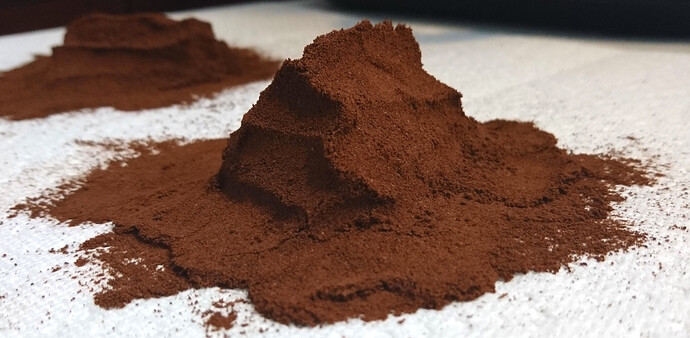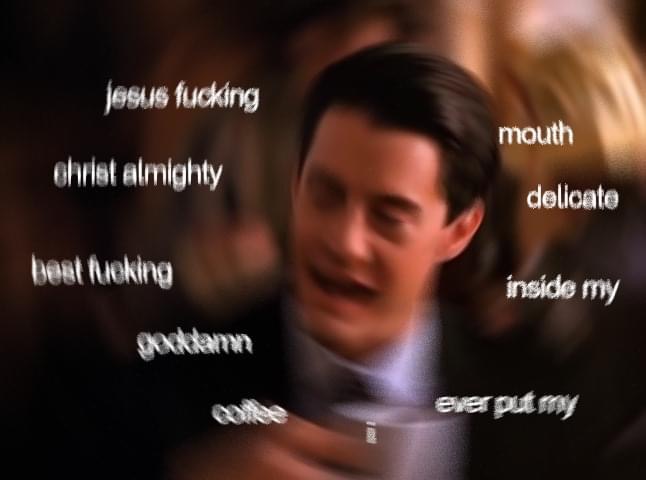FYI I’m not actually a buyer of this theory that you should be pouring the hottest possible water all of the time. I’ve experimented enough now with side-by-side brews over the past few months that I am quite confident in my assessment. Note: my observations are regarding light to medium roast single origins. Currently drinking this:
https://www.blackwhiteroasters.com/collections/frontpage/products/el-eden-pacamara-1
With this coffee, boiling water at any ratio / technique I tried was just awful–a mess of a flavor profile that was overly complex and extracted. At 205 it tastes like an entirely different coffee. The bad flavors are gone and it has round, juicy acidity of red apple and berries. Extremely balanced and crystal clear. I’m having it right now and it’s in the Action Bronson Fuck That’s Delicious zone.
So what is happening here? The theory that hotter water increases extraction must be true. However, I believe the mistake people are making is in assuming that extraction-related factors are equal. You’ll often see advice like “alter your extraction through grind size and keep the temperature the same.” I think that’s a good starting point but insufficient for specialty coffee. We already know that temperature affects extraction in ways that exceed the extraction yield numbers (EY%). For example, cold brew coffee’s defining characteristic compared to what I normally drink is low acidity, yet the EY% can be just as high as hot brew. People have noticed a similar effect for darker roasts, often opting for brew temperatures from 180 F to 195 F.
Tea might be a better known analog demonstrating this effect. Most black teas are brewed near boiling, yet green teas brewed above 175 F with the same contact time tend to release tannins that are disgustingly bitter. However, I’ve seen some green teas with a max recommendation of 160 F as well as ones that were brewed boiling (albeit with short contact), so the answer is probably “it depends.”
That’s the principle I’ve been applying to all specialty coffee recently, i.e., assuming that each bean/roast has its own optimal brewing temperature (holding other factors constant). Every roasted bean has a unique chemical composition with compounds that extract asymmetrically, and our job is to figure out how to exploit that to manipulate the in-cup profile. Increasing contact time is one way to increase extraction, but it seems to increase differently–at least partially–from temperature. Obviously this is bad news on the “coffee is easy and makes sense” front.
Q: This is getting too complicated. What temperature water should I be using?
A: For now, my default is to start with the hottest water possible then adjust. I’m leveraging the property that hotter water has higher extraction potential. Some coffees do best at these high temperatures, so limiting extraction potential seems like a bad starting point. An ancillary benefit of hotter water is that it has lower viscosity which seems good for percolation since we want the water to pass through the bed evenly and efficiently. And finally, it’s much easier to control your water temp this way if you aren’t using a temp-controlled kettle system.




